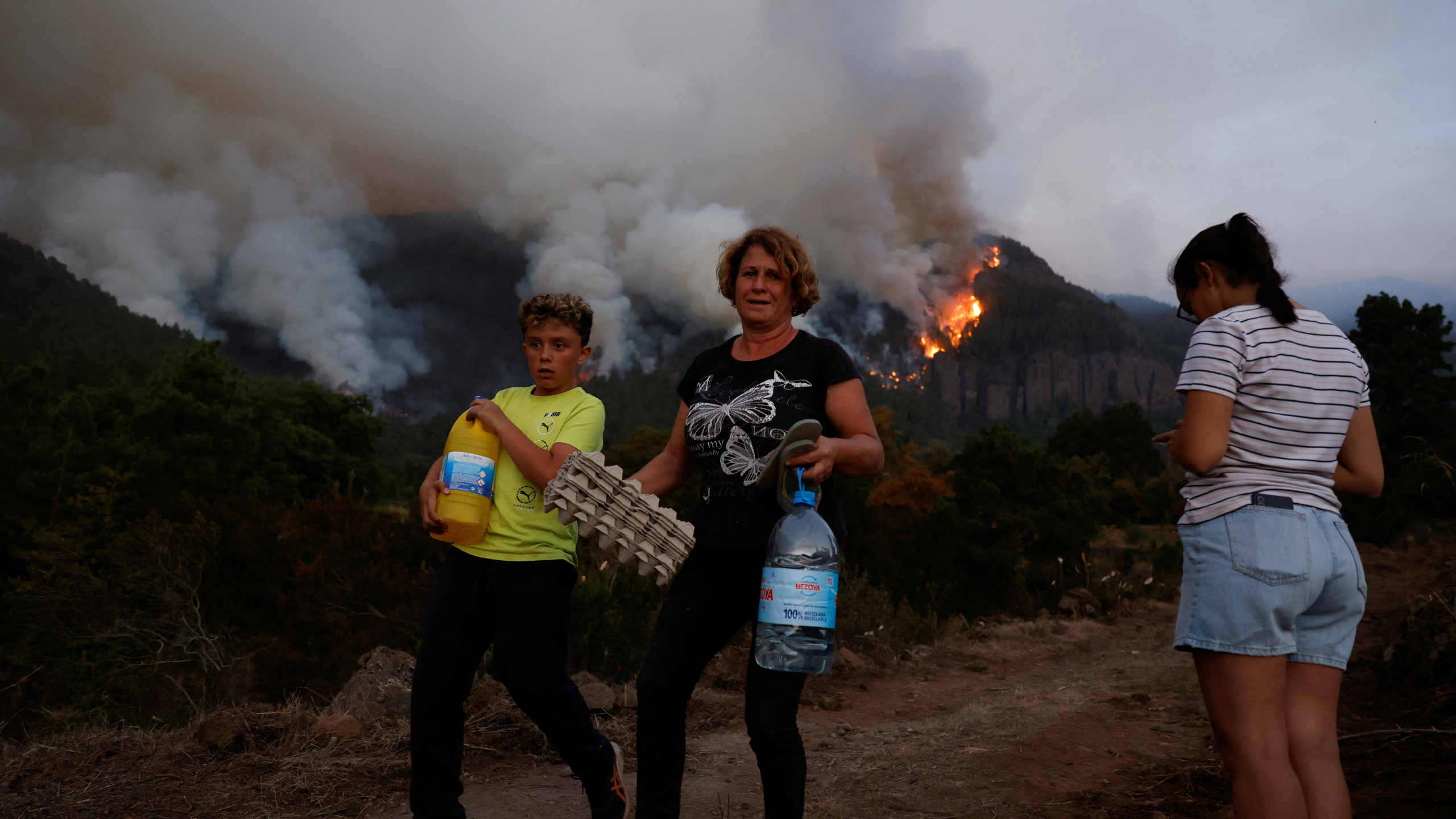The Spanish island of Tenerife was among the many European places to experience wildfires last summer with temperatures regularly creeping above 40 degrees, and now the area is in a crisis over water usage.
The destination is particularly popular to British visitors, with over two million people from the UK making the trip to the Canary Island each year. It has long been a regular visiting spot for many due to the lovely weather, attractive beaches and exciting nightlife.
However, that popularity amongst tourists appears to have come at a price as a drought was reported by the Tenerife Island Water Council. This recent emergency has led to government officials looking at ways to preserve more water when tourists touch down in Tenerife and stop them contributing to further water shortages.
Last month’s high temperatures led to Tenerife experiencing the hottest February the island had seen since the 1960s. Whilst, hotter temperatures do lead to more visitors arriving and therefore more revenue towards the island, tourists end up using much more water than they necessarily should.
One instance of this was each guest at a hotel on the island using close to 400 litres of water every single day. This was alarming as it resulted in these hotel guests using four times the amount of water a local resident would.
The Mayor of Tenerife, Luis Javier Gonzales, has spoken out on what may occur if nothing is done to address the water shortages on the island. He said: “If we continue to bet on the massive arrival of tourism and the scarcity of water resources is maintained, the situation will be more complex.”
Some experts say that the shortage of water supply could last up to months or even years.
Local residents on the Spanish island have been voicing their frustration at the excessive water usage from tourists. In the south coast region of Palm Mar, they have sprayed graffiti on walls to urge tourists to leave.
Last month, protests took place by social and environmental groups with signs displaying messages such as “Canaries are not for sale’ and ‘The Canaries are no longer a paradise”. According to one protester the island was on the brink of “completely collapsing”.
The harsh reality for locals in Tenerife is that they are not prioritised to the same level as tourists due to being outnumbered. There are just under nine and a half million inhabitants in the area whilst 5.6 million people flocked to the island for a holiday trip in 2023.
As there does not appear to be enough for both residents and visitors, the east-Tenerife town of Fasnia issued that drinking water was not allowed to be used for tasks such as filling tanks and swimming pools or watering gardens and farms.
With the island’s water mostly being diverted to the southern parts of Tenerife due to most of the tourists visiting there, it has meant other people have been unable to carry out duties such as washing their cars.
To solve the crisis, the island is keen for both the tourists and locals to be sensible with their water usage and they will be reminded by that through campaigns highlighting the message across Tenerife
Non-governmental organisation from the Canary Islands, Ben Magec – Ecologists in Action, released a report recently hinting at potential environmental consequences to the continued state of current tourism habits in Tenerife.
It mentioned: “Uncontrolled, increase in the non-resident population of European origin, giving rise to completely overcrowded islands in which the generation of waste and the exploitation of resources cause an almost irreversible degradation of our natural ecosystems.”
Elsewhere in Spain, the entire Catalonian region, including Barcelona, have recently declared an emergency over a drought and subsequently brought in water restrictions. When the emergency was called in February, the area had previously experienced more than 1000 days of dry weather.







